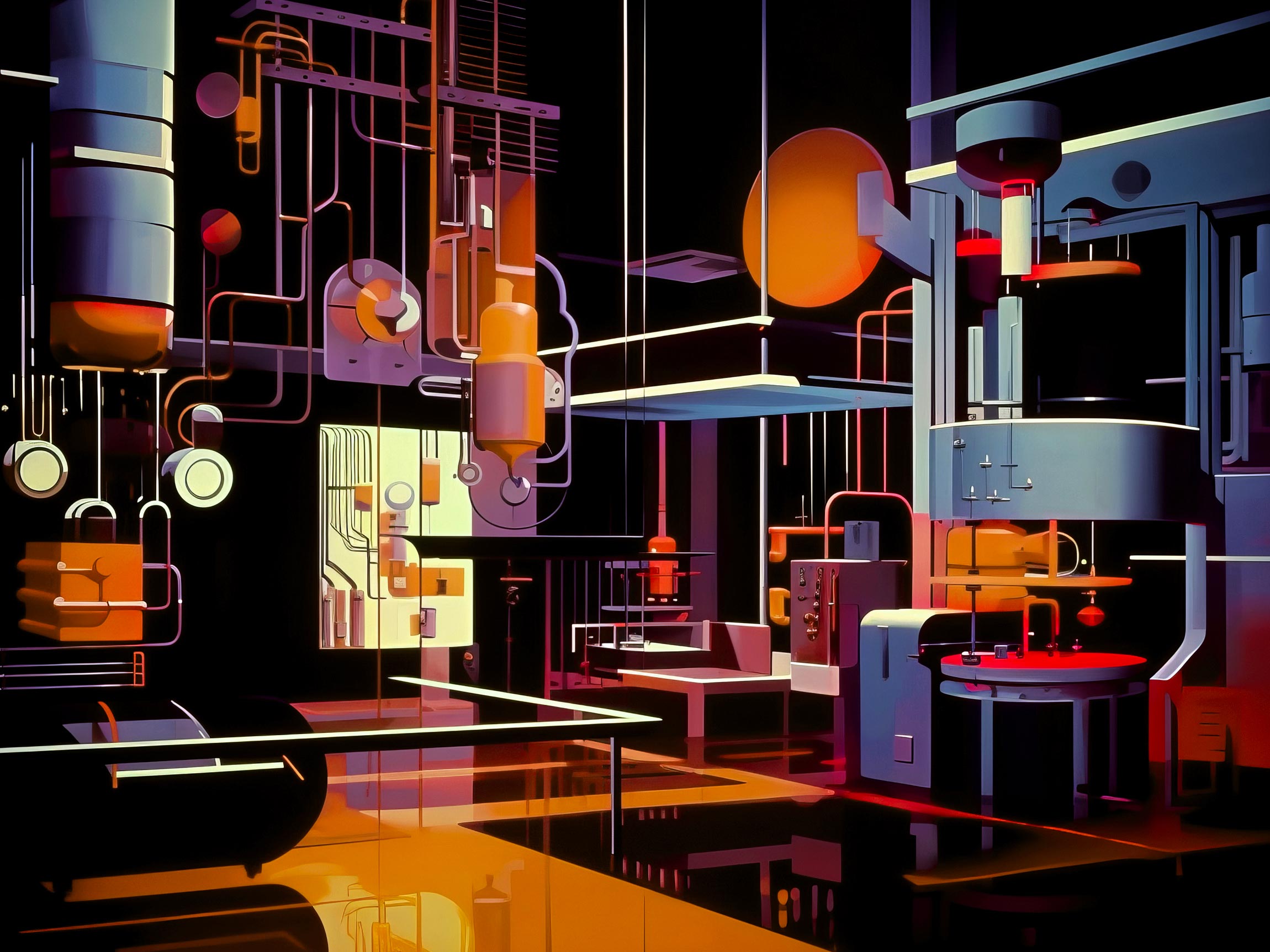In the rapidly advancing world of biotechnology, scientific discoveries and breakthroughs are continually transforming the landscape of healthcare and research. As the complexity of biotech concepts grows, effective communication of scientific information becomes increasingly crucial. Educational materials and scientific graphics play a vital role in disseminating knowledge, but the challenge lies in presenting complex scientific ideas in a way that is easily understandable and engaging for diverse audiences.
The Complexity Conundrum
Biotechnology encompasses a wide array of intricate scientific concepts, ranging from gene editing techniques like CRISPR-Cas9 to revolutionary developments in immunotherapy. Presenting these complex ideas in a comprehensible manner is essential for diverse audiences, including students, researchers, healthcare professionals, and the general public. Design plays a crucial role in breaking down these complex concepts into digestible pieces that facilitate knowledge acquisition.
Visual Storytelling: Conveying Science with Images
One of the most powerful ways design enhances biotech educational materials is through visual storytelling. Well-crafted infographics, illustrations, and animations transform abstract concepts into visual narratives, making it easier for learners to grasp complex relationships and processes.
Tailoring Materials to Diverse Audiences
Educational materials often need to cater to diverse audiences with varying levels of scientific background knowledge. Design allows for tailoring content and visual elements to match the needs and proficiency levels of different learners. For instance, a scientific graphic designed for patients may adopt a different tone and level of complexity compared to one aimed at potential investors or new hires.
Accessibility and Inclusivity
Biotech materials should be accessible to everyone, regardless of disabilities or language barriers. Especially on the web, design plays a vital role in ensuring inclusivity by incorporating features such as alt text for images, closed captions for videos, and clear typography. These considerations make the materials accessible to individuals with visual or hearing impairments.
Simplifying Technical Jargon
The language used in biotech can often be laden with technical jargon that can overwhelm learners. Design helps distill this jargon into plain language, reducing complexity without sacrificing scientific accuracy. By presenting concepts in straightforward terms, learners can focus on understanding the core principles without being bogged down by unnecessary complexity.
In the rapidly evolving field of biotechnology, the effective communication of complex scientific concepts is essential for driving progress and innovation. Design is as a powerful tool in simplifying these concepts and enhancing biotech materials. By employing visual storytelling, interactivity, and inclusivity, design fosters better comprehension, retention, and a passion for discovery. As biotech continues to shape the future of healthcare and scientific advancements, design will play an increasingly critical role in empowering learners and ensuring the democratization of knowledge.
Through thoughtful and effective design, scientific graphics and biotech educational materials can inspire the next generation of researchers, innovators, and change-makers to make a positive impact on our world.


